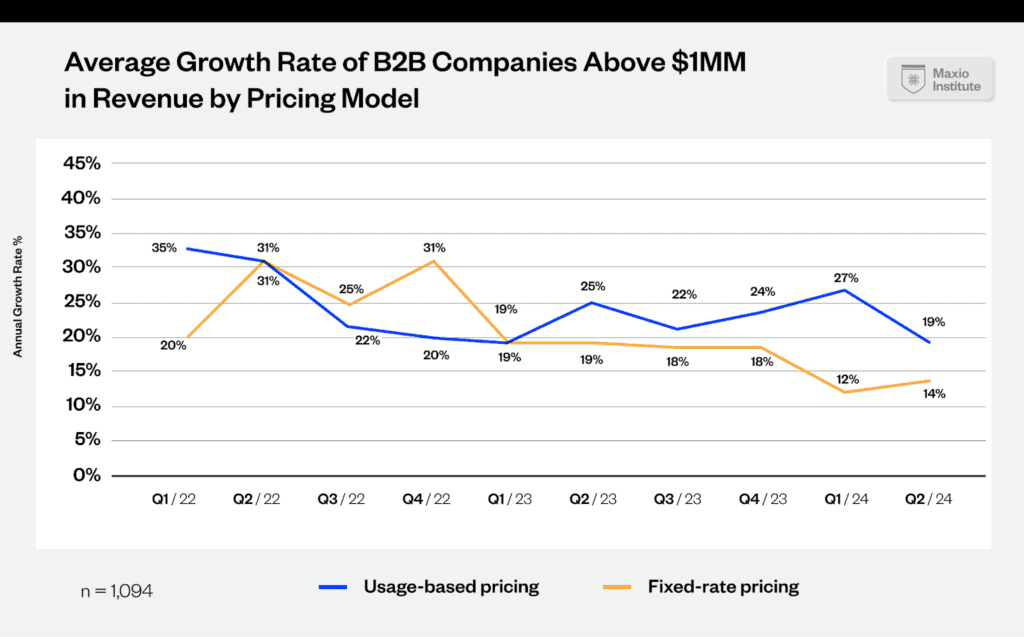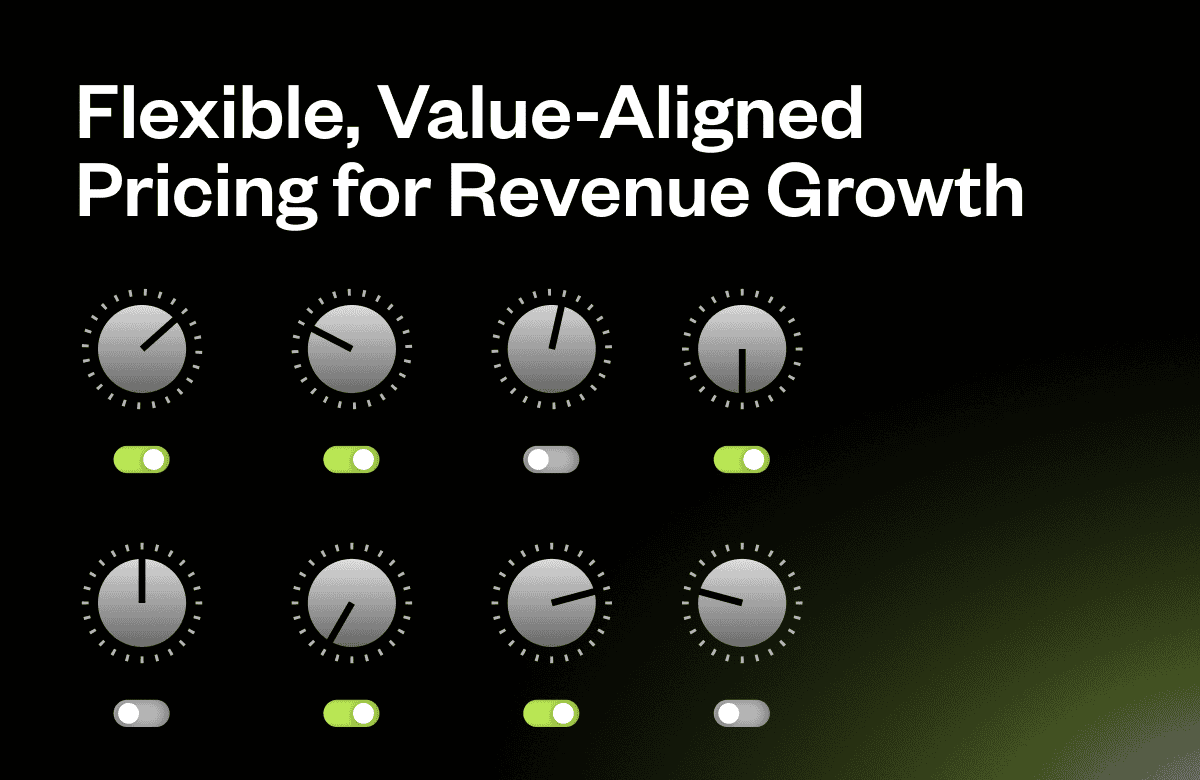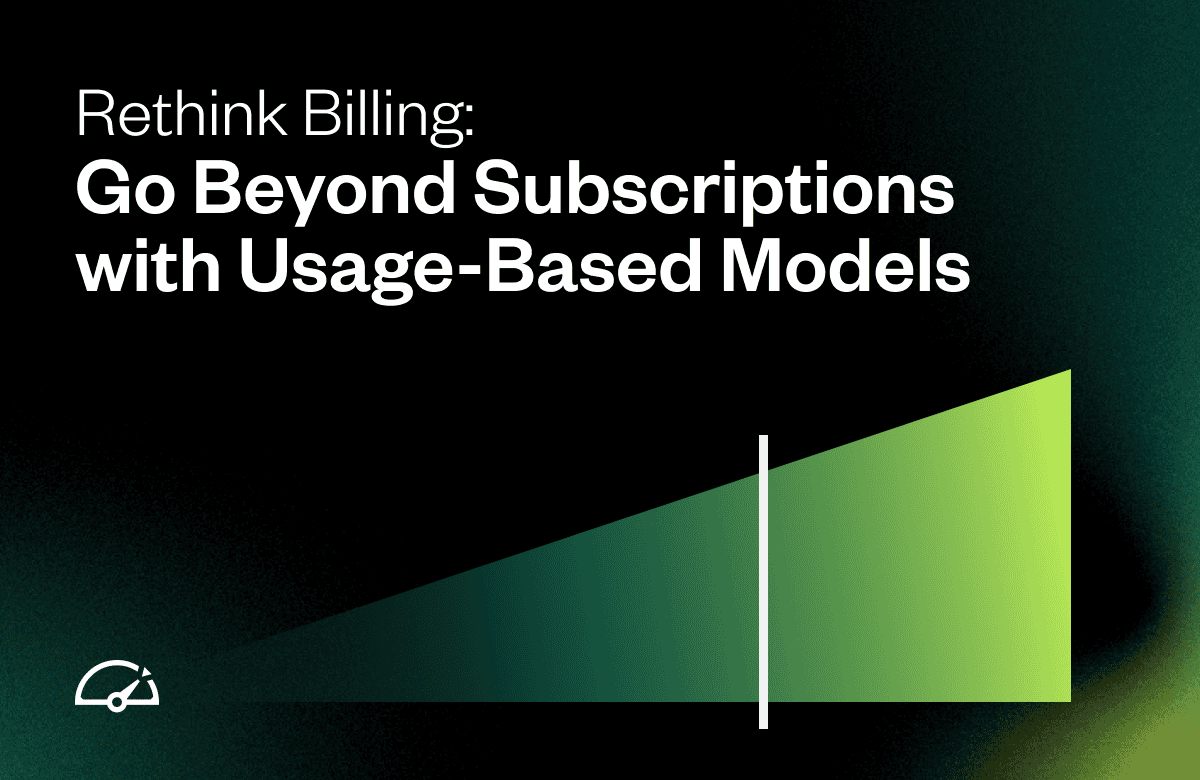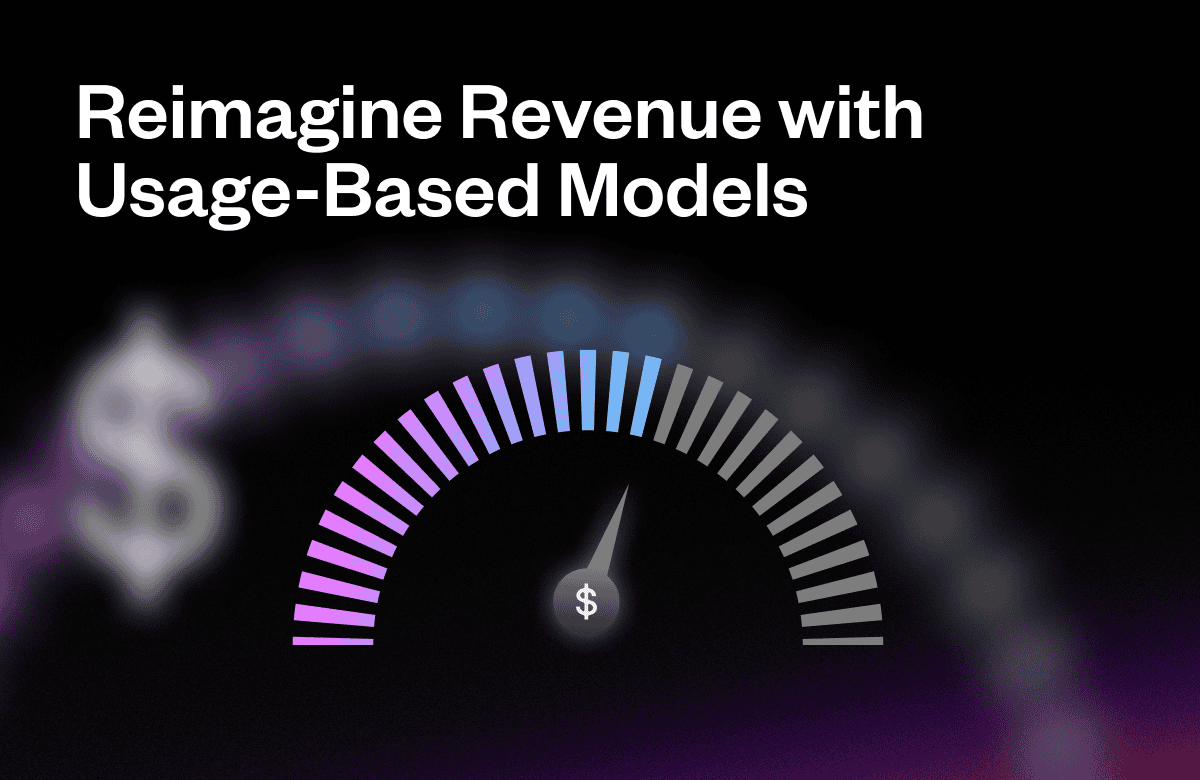Usage-based pricing (UBP) is gaining traction among B2B SaaS companies, offering flexibility and alignment with customer value. In this blog post, we’ll explore why UBP is lucrative for SaaS companies, how to select the right value metric, key billing and pricing considerations, how to efficiently ingest usage data, and the downstream reporting impacts. Whether you’re considering UBP for the first time or looking to optimize your current strategy, this guide provides actionable insights from Maxio’s experience.
Why Usage-Based Pricing is Lucrative for B2B SaaS Companies
Big players are making the shift
Usage-based pricing (UBP) is growing in popularity due to its alignment with the actual value customers derive from software.
Even big companies like Salesforce who have notoriously used seat-based pricing are shifting toward UBP models.
In a recent LinkedIn post, Kyle Poyar, author of Growth Unhinged, noted, “One massive enterprise customer recently deflected 90% of consumer inquiries with SFDC’s new AI agent. If this continues, they’ll need far *fewer* support personnel. Fewer people = fewer seats = less $$ for SFDC.”
As a result, Salesforce CEO Marc Benioff is embracing UBP as a method to monetize the value being delivered to customers.
Both Public and Private UBP companies are growing faster than their fixed-rate counterparts
Studies further back UBP’s potential. According to a recent LinkedIn post from Todd Gardner, accomplished SaaS advisor and one of the co-founders of SaaS Capital, public SaaS companies with UBP models are growing at 25% year-over-year, compared to 13% for those using fixed-rate pricing.
Similarly, Maxio’s proprietary data reveals that UBP companies grew 19% in Q2 2024, compared to 14% for fixed-rate counterparts.

How to Pick a Value Metric That’s Actually Aligned to Value
Choosing the right value metric is a crucial first step in implementing UBP. This decision must focus on identifying what the customer perceives as valuable. For example, Front, a customer service platform, decided to price its new AI chatbot based on successful ticket resolutions rather than per chat query. This shift ensured that the pricing was aligned with the value delivered to the customer, reflecting outcomes rather than inputs. Picking a value-based metric helps reinforce the fairness and scalability of UBP.
Ingesting Usage Data Efficiently
Operationalizing UBP requires efficient data ingestion systems to ensure accurate billing. Maxio supports three main methods of ingesting usage events:
- CSV Import: Bulk import of usage data, often used by companies trying UBP for the first time.
- API Integration: A more automated solution where usage events are sent to Maxio via API calls.
- Real-Time Event Streaming: A more nuanced and flexible option that allows usage events to be streamed in real-time, offering greater alignment between value delivered and usage invoicing.
While API integration automates ingestion, real-time event streaming offers additional flexibility by allowing the system to capture more detailed usage attributes. For example, you can track multiple event attributes, such as video quality or frames per second, and price accordingly—giving you a more granular billing structure that closely ties to customer value.
Billing and Pricing Model Considerations
Once the value metric is determined, the next step is structuring the billing and pricing models. Maxio supports several flexible pricing formats, including:
- Tiered Pricing: Charges vary depending on usage tiers.
- Volume-Based Pricing: Pricing depends on the total amount consumed.
- Stair Step Pricing: Charges are based on distinct usage ranges.
Additionally, Maxio allows for both in-arrears billing, where customers pay after the usage period, and up-front billing, where customers prepay for anticipated usage. This flexibility ensures companies can tailor their pricing models to match customer needs while maintaining predictable revenue.
Downstream Reporting Impacts of Usage-Based Pricing
Implementing UBP has significant reporting implications, especially when it comes to forecasting and presenting revenue data to stakeholders. At Maxio, we faced our own internal challenges reporting on usage-based revenue to our Board.
We found that monthly usage fluctuations made it difficult to provide predictable insights. By shifting to a trailing three-month reporting period, we were able to smooth out variability and gain clearer insights, which improved our ability to report accurately and make data-driven decisions.
Usage-based pricing offers flexibility and alignment with customer value, but it also requires careful planning and execution. From selecting the right value metric to structuring pricing models and addressing reporting challenges, UBP can transform the way SaaS companies manage and grow their revenue.
Ready to explore how UBP can work for your business? Get a demo of Maxio today and see how we can help you implement and optimize usage-based pricing.




